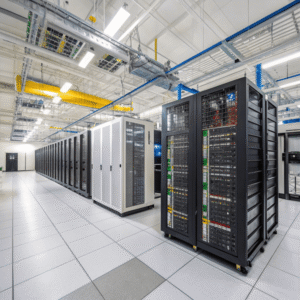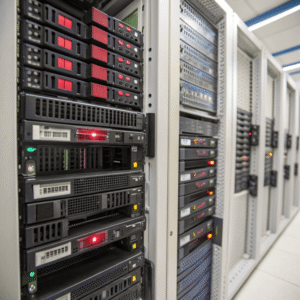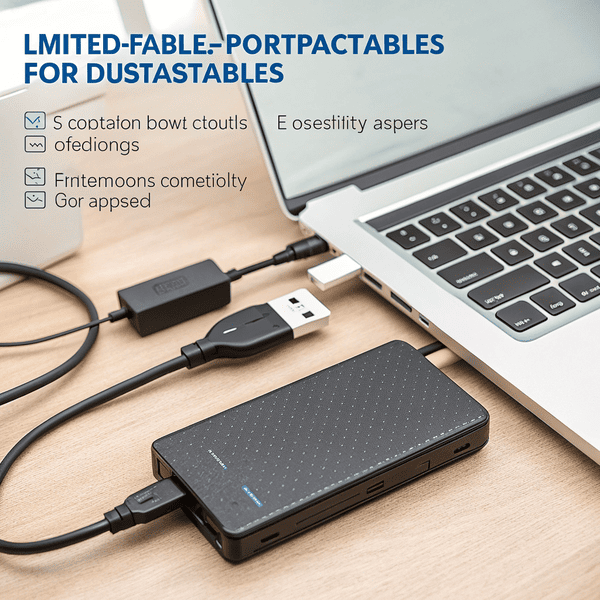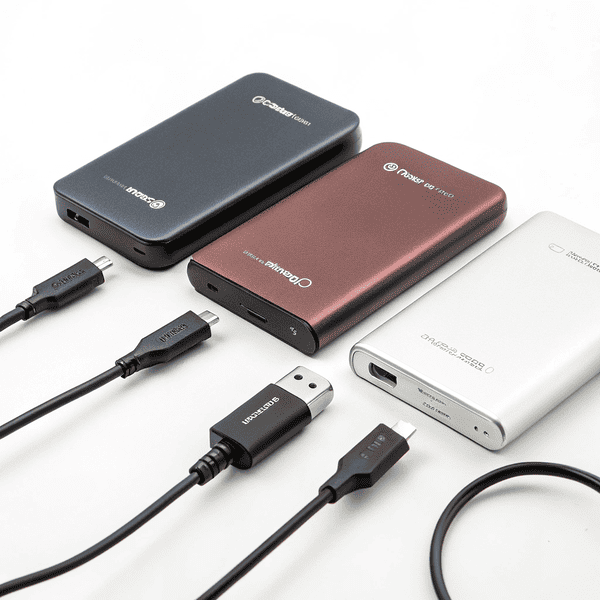Cloud storage can feel mysterious, but somewhere out there, your Cloud storage can feel mysterious, but somewhere out there, your OneDrive files are sitting on real hardware. Many people wonder if Microsoft uses the latest SSD[^1]s or still relies on traditional hard drives.
[^1]: Learn about SSD technology and its benefits for performance and reliability in cloud storage.
files are sitting on real hardware. Many people wonder if Microsoft uses the latest SSDs or still relies on traditional hard drives.
OneDrive data is stored in Microsoft's global network of data centers, primarily using a mix of high-capacity hard disk drives (HDDs) and solid-state drives (SSDs), depending on performance and cost needs.

When I first set up Office 365 and synced files with OneDrive, I was curious too—are my files just floating in the cloud, or are they on some hard drive? Here’s exactly what happens behind the scenes.
Where does OneDrive store its data?
Your files go much farther than your device—they end up in special places managed by Microsoft.
OneDrive stores data in Microsoft’s Azure-based data centers around the world, often within the customer’s region for legal and speed reasons, on a blend of enterprise-grade HDDs and SSDs. [1][3][5]

OneDrive isn’t just on your PC. When you save to OneDrive, the OneDrive[^1] isn’t just on your PC. When you save to OneDrive[^1], the data syncs over the Internet and lands on storage clusters in one or more Microsoft-owned or managed data centers. For business customers and some personal accounts, the physical location is chosen based on your region—there are even specific commitments to keep data within countries like Canada or the EU if needed for privacy laws [1][3][5].
[^1]: Explore this link to understand OneDrive's features, benefits, and how it can enhance your data storage and accessibility.
over the Internet and lands on storage clusters in one or more Microsoft-owned or managed data centers. For business customers and some personal accounts, the physical location is chosen based on your region—there are even specific commitments to keep data within countries like Canada or the EU if needed for privacy laws [1][3][5].
Here’s a basic structure:
| Storage Layer | Purpose | Storage Medium |
|---|---|---|
| Local device (optional) | Offline access | Your own HDD/SSD |
| Azure Data Center | Primary, scalable storage | Mostly HDD + some SSD |
| Geo-replicated backup | Redundant secure backup | HDD and tape |
Growing up in manufacturing, I always asked where our production data actually sat. It’s the same for cloud: Microsoft optimizes to keep your files close to you—but always safely encrypted and redundant in several locations for extra safety [1][3].
Do data centers use SSD or HDD?
A lot of people think big cloud companies use only the fastest and newest drives, but that’s not true.
Modern data centers use both SSDs and HDDs: SSDs for fast-access “hot data,” and HDDs for cost-effective, large-scale storage of “warm” or “cold” files. HDDs still make up about 80% of all cloud data storage. [1][2]

Enterprise storage is built for speed, scale, and price. SSDs are great for tasks that need instant results—quick searches, loading frequently used files, database work. But, their cost-per-terabyte[^1] is much higher than that of traditional hard drives. That’s why for bulk storage—photos, backups, less-accessed documents—data centers turn to large, efficient HDDs [1][2].
[^1]: This resource will help you grasp the financial implications of different storage options, aiding in informed decision-making.
is built for speed, scale, and price. SSDs are great for tasks that need instant results—quick searches, loading frequently used files, database work. But, their cost-per-terabyte is much higher than that of traditional hard drives. That’s why for bulk storage—photos, backups, less-accessed documents—data centers turn to large, efficient HDDs [1][2].
Here's a simplified comparison:
| Storage Type | Speed | Cost per TB | Capacity | Use Cases |
|---|---|---|---|---|
| SSD | Fastest | $$$ | Up to ~16TB | Hot, frequent-access |
| HDD | Slower | $ | Up to ~22TB | Cold, back-up, bulk |
In my own projects, I’ve always combined fast SSDs for design files I open every day, and big hard disks for backups and old projects I rarely touch.
Are OneDrive files stored on a hard drive?
This confuses many people, especially when navigating the OneDrive folder on their PC.
OneDrive files are primarily stored in the cloud on Microsoft’s data center hardware, but you can choose to download and store them locally on your hard drive or SSD with the OneDrive sync app. [2][4]

With OneDrive “With OneDrive “Files On-Demand,” you don’t need space for every file on your own machine. Instead, Windows shows all your files by default, and only pulls them down from the cloud when you need to open or edit them. If you need to work offline, you can set certain files or folders to “always keep on this device[^1]”—then they take up room on your local storage, either HDD or SSD
[^1]: Learn how to manage your OneDrive files effectively by keeping essential files offline for easy access.
,” you don’t need space for every file on your own machine. Instead, Windows shows all your files by default, and only pulls them down from the cloud when you need to open or edit them. If you need to work offline, you can set certain files or folders to “always keep on this device”—then they take up room on your local storage, either HDD or SSD [2][4].
I rely on this every day—huge CAD files live in the cloud until I need them. This way, my laptop SSD never runs out of space. If I delete a file from OneDrive, it disappears everywhere, whether on my disk or in the cloud [4]. If you’re worried about space, right-click and select “Free up space”; the file will stay in the cloud but go off your local hard drive [2][4].
Conclusion
OneDrive stores your data in Microsoft’s data centers using a mix of HDDs and SSDs, and you control whether files are also kept on your own hard drives. Data centers rely mainly on HDDs for bulk storage, with SSDs handling high-speed tasks.




